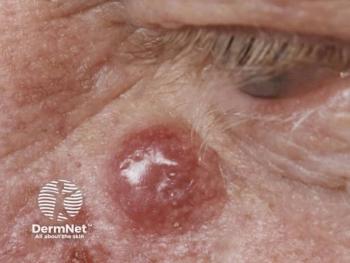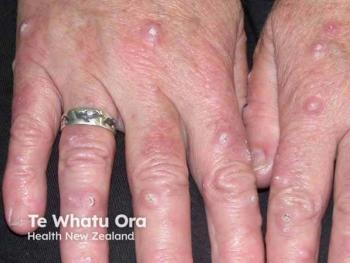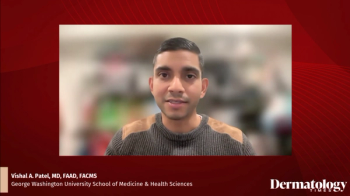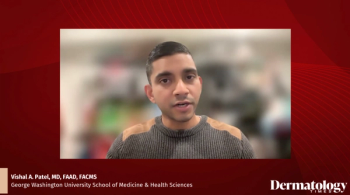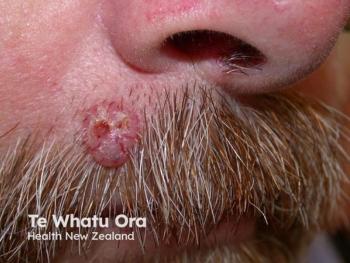
|Slideshows|July 6, 2018
- Dermatology Times, July 2018 (Vol. 39, No. 07)
- Volume 39
- Issue 7
Image IQ: When is a biopsy required?
Author(s)Kaivon Sobhani, BS, Eve Lowenstein, MD, PhD
In this quiz, Kaivon Sobhani, B.S., and, Eve Lowenstein, M.D., Ph.D., FAAD, address dermatofibrosarcoma protuberans (DFSP), keloids, hypertrophic scars and dermatofibromas.
Advertisement
Â
Articles in this issue
over 7 years ago
Pricing patients out of healthcare?over 7 years ago
Rare tumors and fibrotic skin lesionsover 7 years ago
New Drugs Roundup: Dermatologyover 7 years ago
The top 7 mobile apps in dermatologyover 7 years ago
Medicine no longer apoliticalover 7 years ago
I use social media and now I might lose my license?over 7 years ago
Complications low with chemical peels in darker skinover 7 years ago
Where full-field erbium outshines fractionalNewsletter
Like what you’re reading? Subscribe to Dermatology Times for weekly updates on therapies, innovations, and real-world practice tips.
Advertisement
Latest CME
Advertisement
Advertisement
Trending on Dermatology Times
1
Global Hidradenitis Suppurativa Atlas (GHiSA) Finds HS Affects 1% of the World's Population
2
Medicus Pharma Completes Phase 2 Enrollment of D-MNA Study to Non-Invasively Treat BCC
3
First-in-Class Topical GT20029 Demonstrates Promising Phase 2 Efficacy and Tolerability for AGA
4
Phase 2 Nemolizumab Trial Opens for CPUO
5

